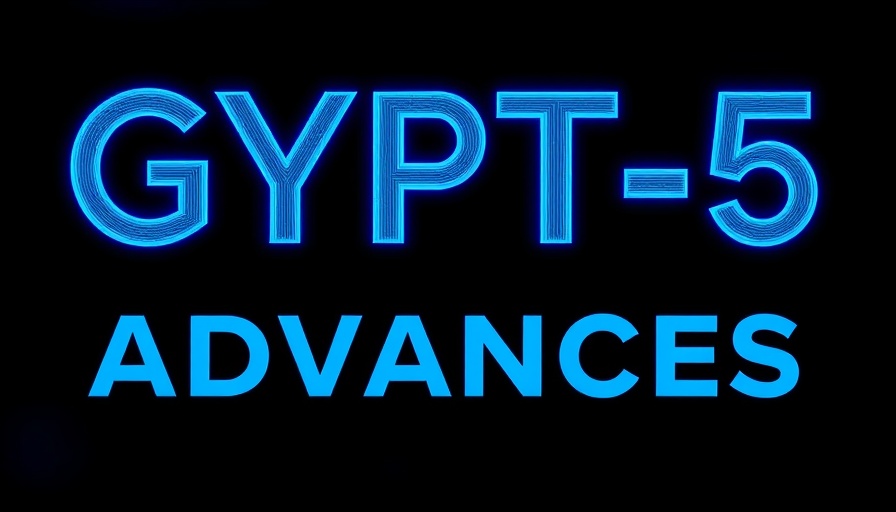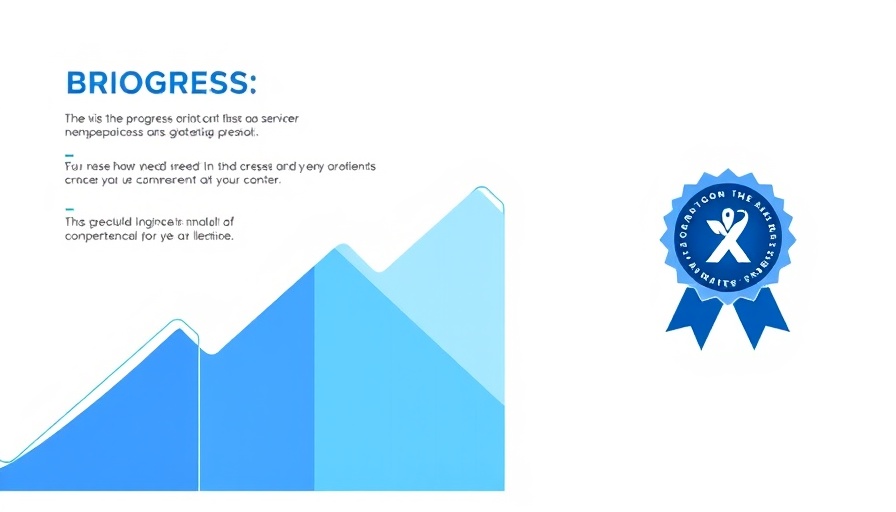
The Dawn of GPT-5: A Game-Changer in AI
The launch of GPT-5 by OpenAI marks a significant milestone in the evolution of artificial intelligence. Promoted as their smartest and fastest model yet, GPT-5 boasts enhancements across various domains such as coding, writing, health advice, and multimodal reasoning. With a staggering capability of handling a context window of 400,000 tokens and a marked reduction in hallucinations, the model represents a leap forward in the user experience.
Unified Yet Diverse: How GPT-5 Works
One of the most intriguing aspects of GPT-5 is its hybrid design. While it’s marketed as a unified system, it essentially incorporates multiple models that are accessed through a smart routing interface. This means that depending on the user’s request—whether it be for speed or in-depth reasoning—the system can switch between a faster, less intelligent model and a more capable “thinking” variant. This versatility aims to simplify the user experience for those unfamiliar with AI complexities.
User Feedback and Backlash
However, the transition hasn’t been without its controversies. OpenAI faced swift backlash when power users realized they could no longer manually select from a variety of models. The removal of selection options, which allowed users to choose tailored models such as GPT-4o for different contexts, left many feeling dissatisfied. This complicated rollout underscores a potentially crucial oversight by OpenAI: the emotional attachment that dedicated users have formed with specific AI models.
Insights from the Rollout and User Adaptation
Quickly recognizing the uproar, OpenAI's CEO Sam Altman acknowledged that the company underestimated how significant these model choices were for a segment of their community. He noted on social media that users have differing needs and preferences, and the operational changes will need to adapt accordingly. OpenAI is now working to amend the situation by considering user feedback seriously—an essential move for maintaining user trust and satisfaction.
Future Directions and Predictions
As GPT-5 sets the stage for what's next in AI, its implications for both businesses and personal users are profound. With advanced capabilities at their disposal, users now have the opportunity to leverage AI for more than just automation. The trick will be in finding a balance between simplicity of use and the depth of customization that caters to varied user needs.
Emotional Attachments: A Surprising Element in AI Utilization
The phenomenon of emotional attachment to AI models opens a broader discussion about human-computer interactions. Users are not just seeking efficient tools; they are forming connections with the technology they use. This emotional resonance may shape future advancements and company strategies, as developers need to factor in the human element of technology adoption.
Conclusion: Emulating Adaptability in AI Design
As we continue to navigate the complexities of AI like GPT-5, the importance of user-centric design cannot be overstated. Companies must not only focus on technological advancements but also pay attention to the community utilizing their innovations. Moving forward, OpenAI's response to user feedback could dictate its path in the competitive landscape of AI development.
For anyone seeking to explore the new horizons of AI in their endeavors, embracing these innovative tools, while keeping an eye on how they evolve, will be the key to a future-ready mindset. Get started now by incorporating AI insights into your strategies to stay ahead.



Write A Comment